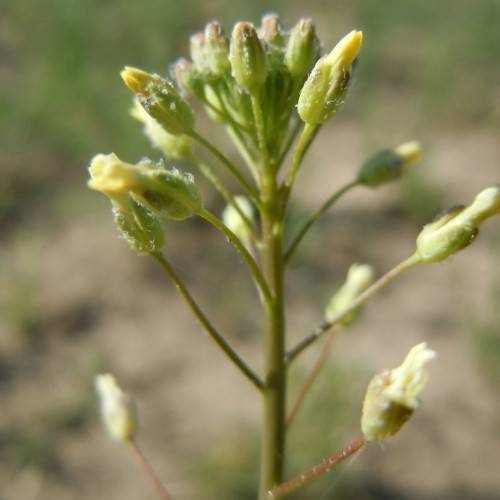
Small-Seed False-Flax
Camelina microcarpa
Watering:
Frequent
Hardiness Zone:
Sun:
full sun,part shade
Leaf:
Yes
Growth Rate:
Low
Drought Tolerant:
Yes
Salt Tolerant:
Yes
Care Level:
Medium
watering
Small Camas should be watered once a week, providing 6 inches of water. The plant should be thoroughly soaked, and the water should penetrate the entire root area. Be sure to avoid waterlogging, as Small Camas prefers a well-drained soil. During dry spells, they may need to be watered more often.
sunlight
Small Camas is a species of native wildflower found in western North America. It is an early-blooming perennial with blue-purple blooms from March to May. As with other plant species, it is best to provide the small Camas with the right amount of sunlight for optimal growth. Generally speaking, small Camas plants prefer between 6 to 8 hours of direct, full sun per day. When the plants are young, it is important to reduce the amount of direct sunlight to just a few hours per day. Too much direct sunlight in the early stage of growth can cause burning of the leaves and stunted growth. Additionally, too much direct sunlight can cause the leaves on the small Camas to wilt and dry out. Small Camas plants also benefit from some protection from the elements in the form of a partial shade cover during the hottest times of the day. This will also help the plants to retain water and continue to thrive under the sun's rays.
pruning
Small Camas should generally be pruned twice a year, once in the summer and once in the winter. For best results, they should be pruned before active growth begins in late spring. Summer pruning should involve deadheading of spent flowers and foliage removal if the plants begin to look lanky. During the winter, the plant should be pruned to remove unhealthy, dead, or diseased foliage when structural improvement is needed. The pruning should not exceed 1-third of the plant's total size each season in order to retain its desirable shape.
